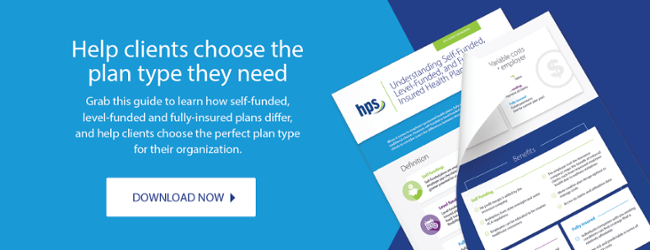
Self-funded insurance plans are paid for by employers themselves, rather than purchased by the employer from an insurance carrier. With this plan type, employers are responsible for paying claims, which does pose a greater risk but also offers a greater reward for the employer. Self-funded plans offer employers the opportunity to reduce costs both in the short- and long-term; let’s take a look at the potential cost savings with this plan type now.
How self-funding can reduce costs
First off, the healthier employees are, the lower plan costs are; employers can offer wellness education and other programs such as smoking cessation, fitness, etc. to improve the wellness of employees and, as a result, reduce claims costs.
In addition, plans can be designed based on employer specifications, such as company culture, number of employees, employee needs and more. With self-funding, employers and employees aren’t paying for things they don’t need in their plan. When designing a benefits plan, an employer may choose to directly contract with a specific set of providers that bring care alternatives based upon the needs of its employees.
Self-funding offers greater visibility into utilization data, allowing employers to adjust plan design and cost each year based on needs.
Additional savings are available to employers who opt for self-funding for a variety of reasons. These employers save 2 to 3 percent on state premium taxes since with self-funded plans, as they only pay these taxes on stop-loss coverage. They also save on ACA-related taxes and fees, incur lower admin costs by using a TPA rather than an insurance carrier and pay no risk and retention charges.
Improved cash flow is another benefit of self-funding, as the employer only pays out when claims are made, allowing premiums paid to earn interest until claims come in and must be paid out. With this, utilization reports allow for better planning for future years and additional savings in a multi-year strategy.
In today’s complicated legal world, the employer is not subject to conflicting state health insurance regulations or benefit mandates, as self-insured health plans are regulated under federal law (ERISA).
What this means
Employers seeking cost-savings should consider self-funded plans, as this plan type offers both short- and long-term cost savings.
Talk to your prospects and clients about the benefits of self-funding when helping them select a plan for 2020.
Learn more about how self-funded plans compare to level-funded and fully-insured plans with this free guide.




